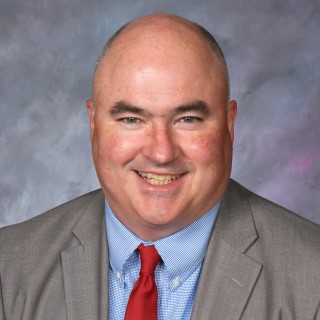My Learning Curve for Early Learning
January 01, 2021
How do school system leaders with limited time in elementary schools become pacesetters in lifting early childhood education?
Superintendents are more than leaders for their school districts. They are community leaders who unite people around a cause.
Mike Brophy brought this mindset to our work in Yakima, Wash., beginning in 2011 when he became superintendent of the 5,000-student West Valley School District 208. Early on, he brought a relentless focus on collaboration with community partners to strengthen staff and partner knowledge of early learning.
At his first meeting with our six elementary school principals, Brophy established his priorities when he organized a videoconference so the school leaders could learn from expert early learning practitioners. He followed up with professional development for school and district leaders where we learned that investments in early learning produce some of the best returns on investment in education.
We collaborated with early learning providers in Yakima to align curriculum, instruction and assessment. We also shared professional development opportunities and coordinated family engagement strategies with our early learning partners.
This Content is Exclusive to Members
AASA Member? Login to Access the Full Resource
Not a Member? Join Now | Learn More About Membership
Author
Additional Resources
- AASA Early Learning Cohort: Education leaders from across the country gather to review emerging research on early learning practices and to facilitate program change.
- Literacy Essentials: Learning modules and downloadable PDFs on research-applied practices in literacy, developed by the Early Learning Task Force of the Michigan Association of Intermediate School Administrators.
- National Association for the Education of Young Children: Informational resources on developmentally appropriate topics and equity. Recent books include Anti-Bias Education for Young Children and Ourselves by Louise Derman-Sparks et al. and From Children’s Interests to Children’s Thinking: Using a Cycle of inquiry to Plan Curriculum by Jane Tingle Broderick and Seong Bock Hong.
Advertisement
Advertisement
Advertisement
Advertisement




